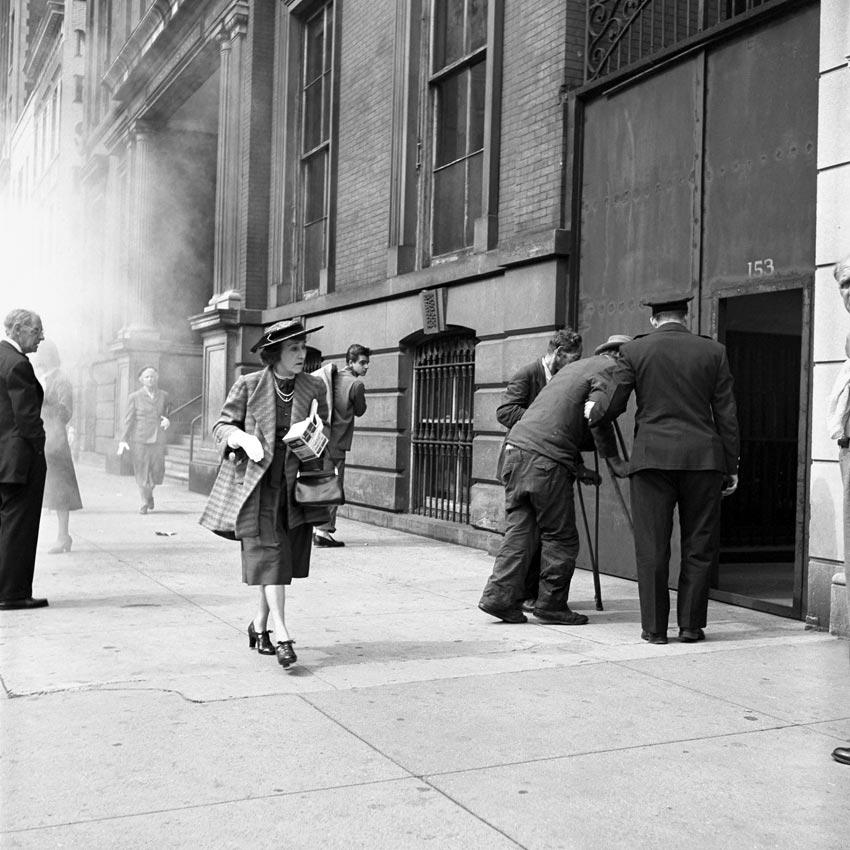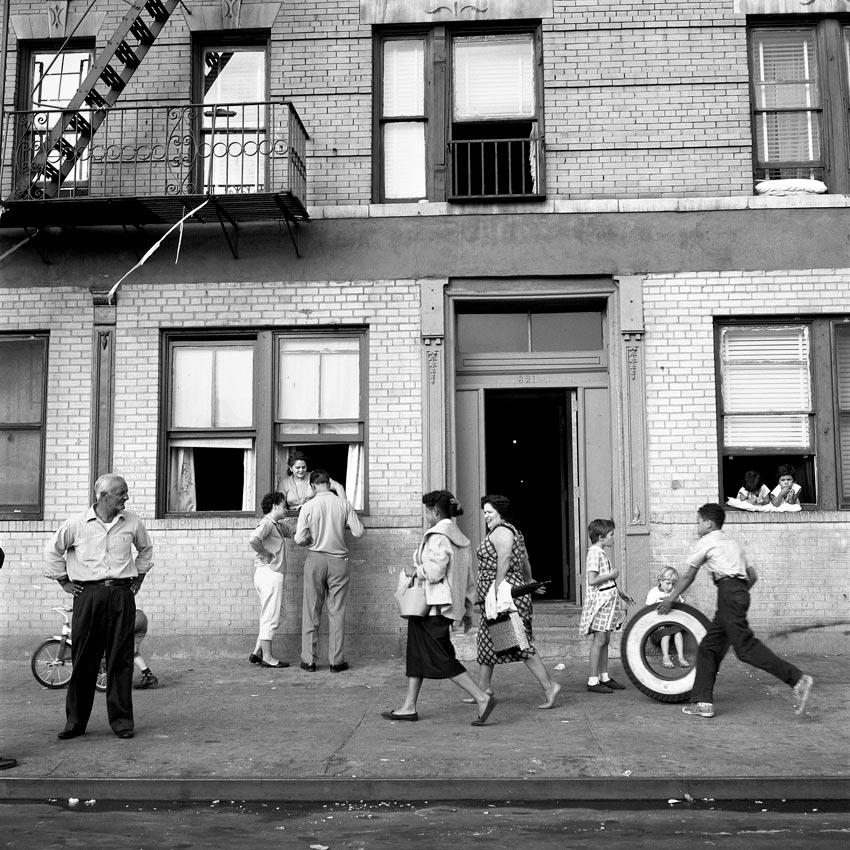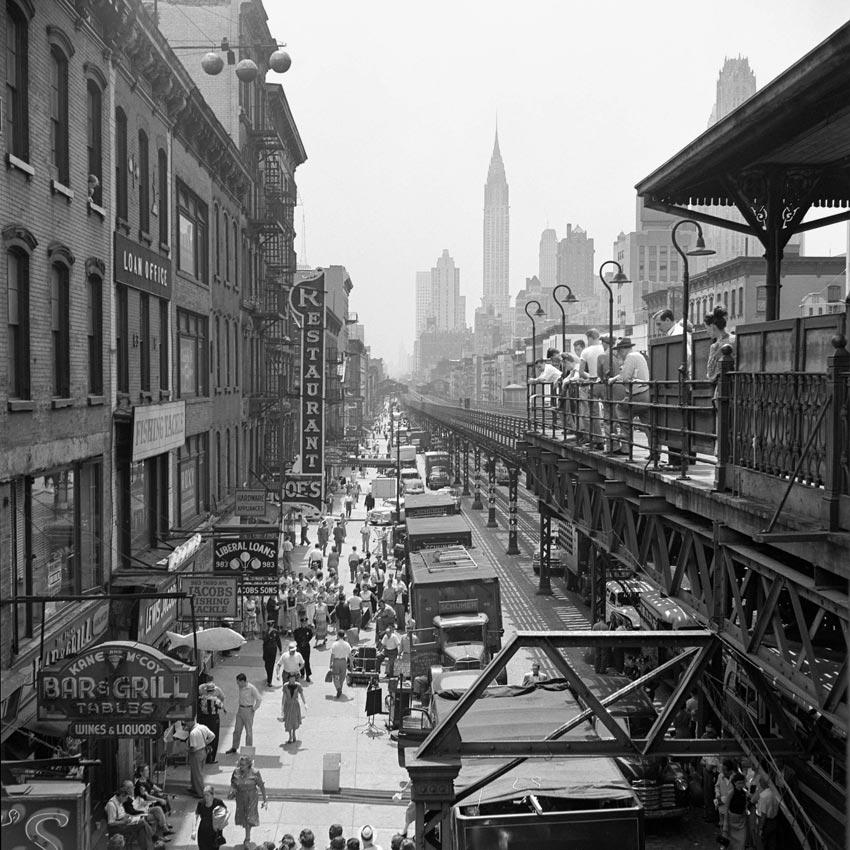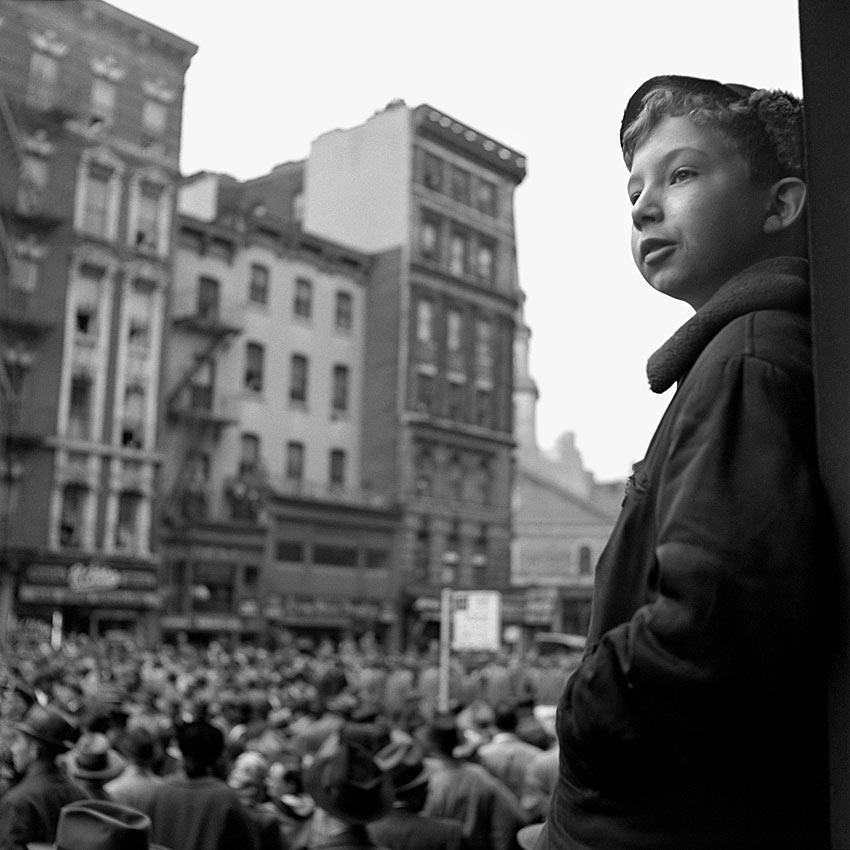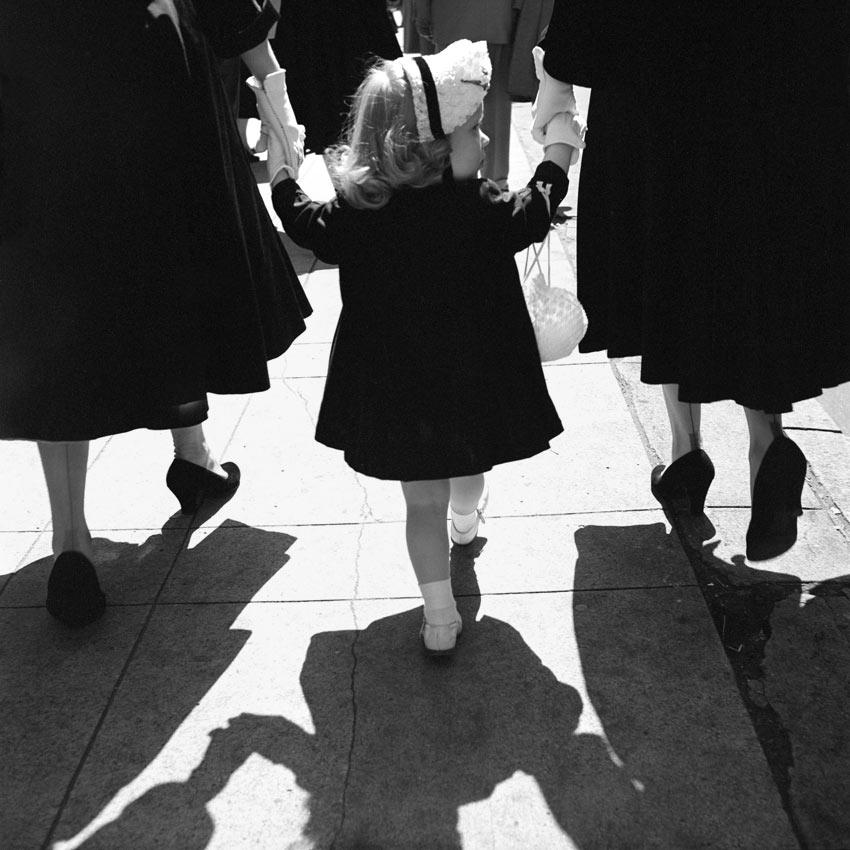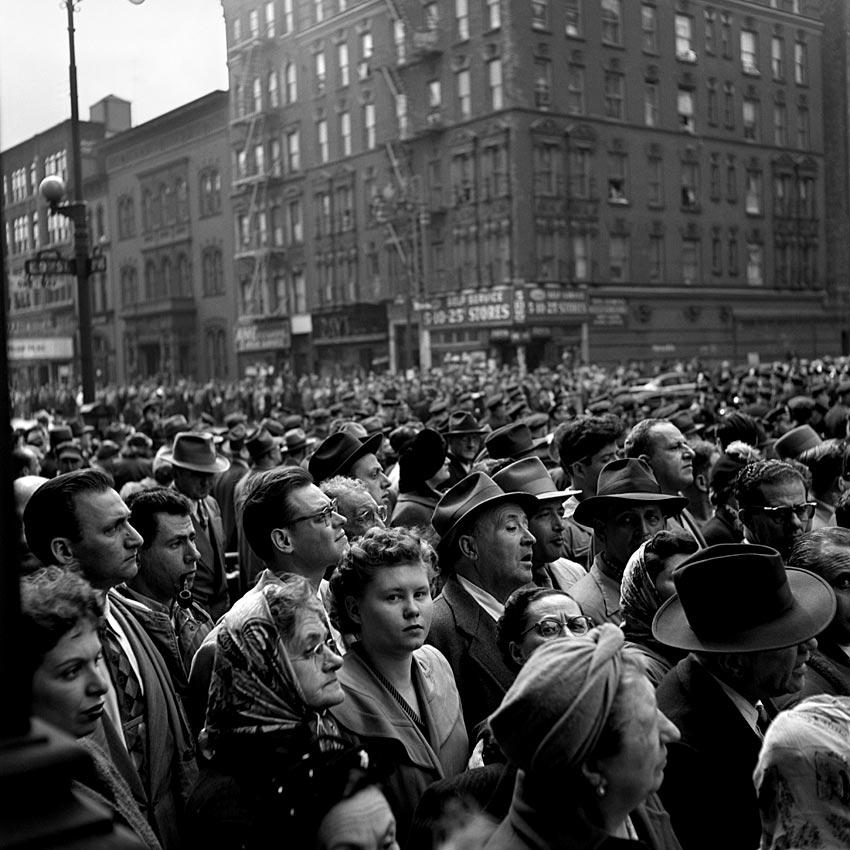I believe the beauty of these images are that they show crowds of people having fun, not caring about being photographed, possibly because they are unaware of the photographer. The images seem to show a story about this community of people.
http://www.markneville.co.uk/works/the-port-glasgow-book-project-works/index.htmlMark Neville- Port Glasgow
In 2004 Neville spent a year as an artist in residence in Port Glasgow, the world centre for shipbuilding fifty years ago, now a town facing an industrial and economic decline. The result of this stay was a beautifully produced coffee table-style book conceived as a symbolic gift to the community. The book was uniquely delivered, free, to the eight thousand households in the Port by the members of the local Boys Football Club. In this way, rather than having a public artwork imposed upon them, the Portonians received a document of their lives and of their participation as both the hosts and protagonists of an artistic experiment. The book is not available anywhere else, commercially or otherwise, in shops or by mail order.
Many thought that the book was beautiful, an honest reflection of aspects of life in the area, whilst others believed that it showed the community in a negative light, as many of the images were taken in public houses and clubs, and depicted drinking or revelry. In one extreme reaction, the Protestant residents of a street in the Port collectively burned their copies of the book at the back of the local Catholic Club in protest against a perceived pro-Catholic bias in the imagery referencing the respective sides of the secatrian divide. In fact, the balance of images is even.




